Search Images
Browse Content (p. 1607)

Image
Palace of Theodoric Mosaic
Mosaic depiction of the Palace of Theodoric in the Basilica of Sant'Apollinare Nuovo in Ravenna, Italy, 561 CE. The figures of Theodoric the Great and others were blackened out of the image under Pope Gregory the Great. You can still see...
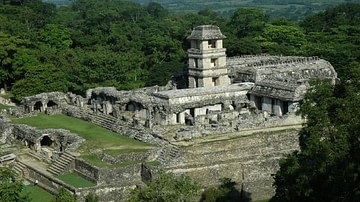
Image
Palace, Palenque
The Palace building of Palenque. With the northern half and tower dating to c. 721 CE, the structure is one of the most complex in Maya architecture and its square tower is unique in Mesoamerican sites.
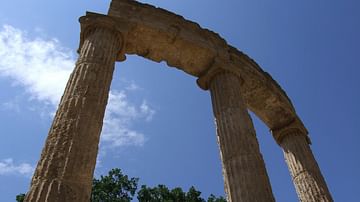
Image
The Curvature of the Universe (Philippeion in the Altis of Olympia)
The Philippeion in the Altis of Olympia was designed by the Athenian sculptor Leochares to celebrate Philip of Macedon's victory at the Battle of Chaeronea (338 BCE).
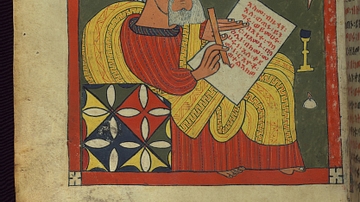
Image
Evangelist Portrait of Luke
Evangelist Portrait of Luke, Ethiopian Gospels, early 16th century CE, Walters Art Museum, Baltimore, MD.
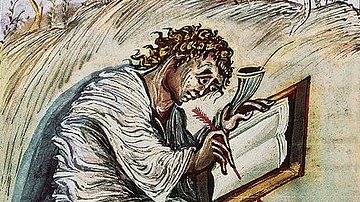
Image
St. Matthew from the Ebbo Gospels
Saint Matthew from the Ebbo Gospels, 820-830 CE, Municipal Library, Épernay, France. This is called an "author page", although it is generally accepted that Matthew did not actually write the gospel that has been given his name.
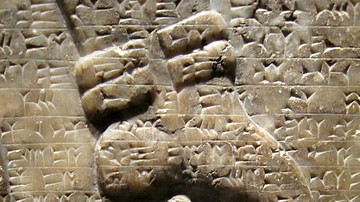
Image
Relief of King Ashurnasirpal II
Relief of King Ashurnasirpal II from the palace of Ashurnasirpal II, Kalhu (modern Nimrud, Iraq), c. 883–859 BCE. Brooklyn Museum, New York The text is in cuneiform script and in the Akkadian language. The text (known as the Standard Inscription...
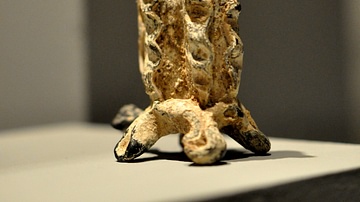
Image
Glass Container on Quadruped
This glass container was mounted on a four-footed animal (turtle?) and was free-blown. From Mesopotamia, Iraq. 226-750 CE. The Sulaimaniya Museum, Iraq.
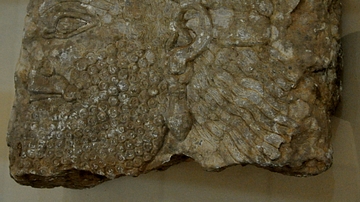
Image
Head of an Apkallu from Nimrud
Fragment of an alabaster bas-relief depicting a head of a human-headed Apkallu wearing a horned helmet. From the North-West Palace of Ashurnasirpal II at Nimrud (ancient Kalhu), Mesopotamia, modern-day Iraq. Neo-Assyrian Period, 865-860 BCE...
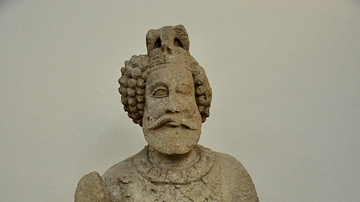
Image
Statue of Sanatruq I
Limestone statue of Sanatruq I, King of Hatra. From Hatra (modern Ninawa Governorate, Iraq), Mesopotamia. 140-180 CE. Erbil Civilization Museum, Iraq.
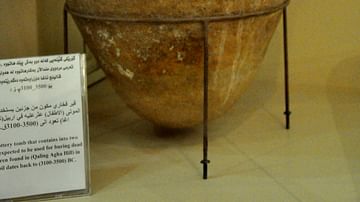
Image
Pottery Tomb
This pottery tomb is composed of two parts and is in the shape of an egg. It was probably used for burying dead children. From Tell Qaling Agha at modern Erbil Governorate, Iraq. 3500-3100 BCE. Erbil Civilization Museum, Iraq.